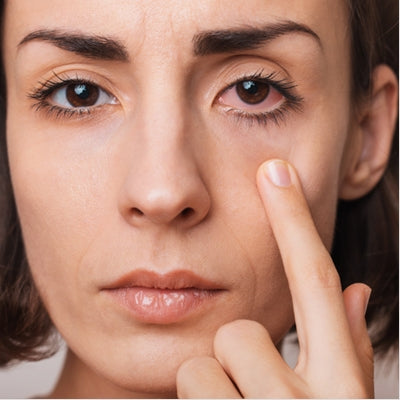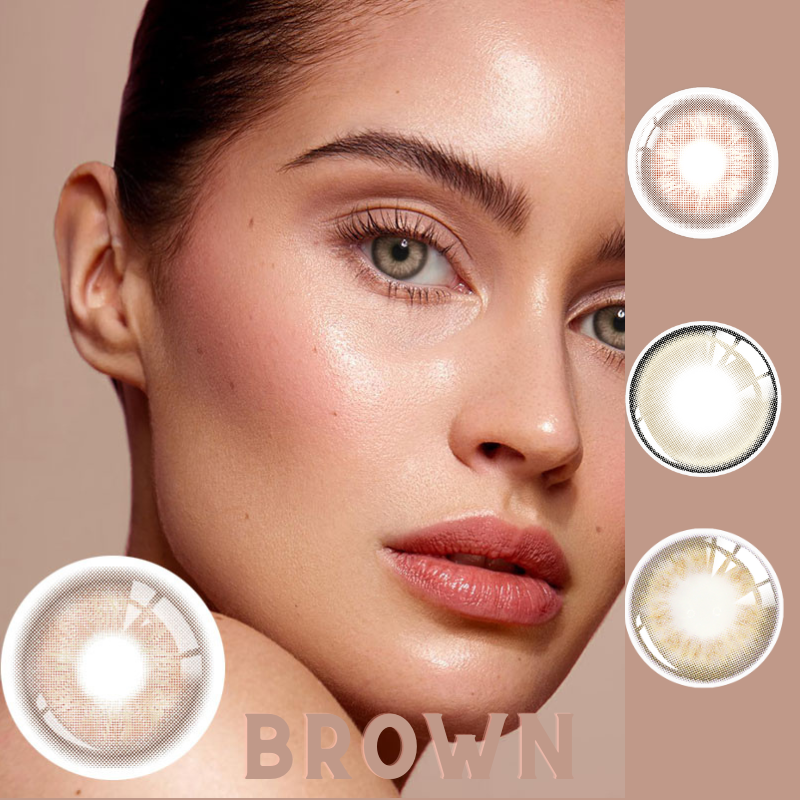Table of Contents:
In today's fast-paced society, where electronic devices are an integral part of daily life, dry eye syndrome has become increasingly common. Dry eye syndrome, also known as keratoconjunctivitis sicca, is a condition that arises from insufficient tear production, excessive tear evaporation, or abnormal tear composition, leading to an unstable tear film and various uncomfortable and potentially damaging eye symptoms. If left untreated, dry eye syndrome can worsen, leading to significant impacts on vision and potentially severe complications like corneal damage or infection, ultimately affecting the quality of life. With the prevalence of dry eye syndrome rising, it has become a significant eye health issue, second only to myopia. However, due to limitations in current pharmaceutical formulations, eye drops can only provide temporary relief, and the low awareness of this condition often results in a lower rate of treatment. Despite these challenges, the continuous emergence of new treatment technologies offers hope for effective management of dry eye syndrome. Understanding this condition, actively taking preventive measures, and seeking appropriate treatment are crucial for maintaining good eye health.

Causes of Dry Eye Syndrome
Dry eye syndrome can be triggered by a variety of factors, many of which are increasingly common in our modern lifestyle.
1. Poor Eye Habits
One of the most significant contributors to dry eye syndrome is poor eye habits. Prolonged use of electronic devices, such as computers, smartphones, and tablets, leads to reduced blink rates and increased eye strain, which can exacerbate dry eye symptoms. Activities that require intense visual focus, such as driving at night or wearing contact lenses for extended periods, also place additional stress on the eyes, increasing the likelihood of developing dry eye syndrome.
2. Environmental Factors
Environmental factors play a crucial role in the development and exacerbation of dry eye syndrome. Dry air, often found in air-conditioned rooms, high-altitude areas, or during winter months, can increase tear evaporation and worsen symptoms. Similarly, exposure to wind, smoke, or pollution can irritate the eyes and contribute to tear film instability.
3. Physical and Health Conditions
Certain physical characteristics and health conditions can predispose individuals to dry eye syndrome. Systemic diseases such as diabetes, thyroid disorders, and autoimmune diseases (e.g., Sjögren's syndrome) are known to interfere with normal tear production and composition. Additionally, some medications, including antihistamines, antidepressants, and beta-blockers, can reduce tear production and contribute to the onset of dry eye symptoms.
Main Symptoms of Dry Eye Syndrome
Dry eye syndrome manifests through a variety of symptoms, which can vary widely among individuals.
1. Eye Discomfort
The most common symptoms of dry eye syndrome include sensations of dryness, itching, grittiness (the feeling of having something in your eye), burning, and pain. These symptoms often intensify as the day progresses or during activities that require prolonged visual focus, such as reading or working on a computer.
2. Visual Symptoms
In addition to discomfort, many individuals with dry eye syndrome experience visual disturbances. These can include sensitivity to light (photophobia), blurred vision, and fluctuating vision clarity. These visual symptoms can significantly interfere with daily activities and overall quality of life.
3. Individual Variations in Symptoms
It is important to note that the severity of dry eye symptoms can vary greatly from person to person. Some individuals may only experience mild discomfort, while others may suffer from severe symptoms that disrupt their daily lives. Understanding and recognizing these symptoms is the first step in seeking appropriate treatment and management.
Prevention of Dry Eye Syndrome
Preventing dry eye syndrome involves adopting healthier eye habits, paying attention to environmental factors, and maintaining a balanced diet.
1. Maintaining Good Eye Habits
One of the most effective ways to prevent dry eye syndrome is by practicing good eye habits. Regular blinking and taking breaks during tasks that require prolonged visual concentration can help maintain a stable tear film and reduce the risk of developing dry eye symptoms. For individuals who wear glasses, it is essential to ensure that their prescription is up-to-date and that they are using glasses with appropriate coatings to reduce glare and eye strain. This is particularly important for individuals over 40, who may need bifocals or progressive lenses to reduce eye strain.
2. Nutritional Intake
Diet also plays a critical role in eye health. Consuming foods rich in vitamins A, B1, C, and E, such as soy products, fish, dairy, nuts, and leafy green vegetables, can support tear production and overall eye health. Additionally, drinking green tea, which contains antioxidants, can also benefit the eyes. A well-balanced diet rich in these nutrients helps maintain a healthy tear film and reduces the risk of dry eye syndrome.
3. Environmental Adjustments
Making adjustments to your environment can also help prevent dry eye syndrome. Reducing glare from computer screens, using soft, indirect lighting, and maintaining a humidified environment can all help reduce the strain on your eyes and prevent excessive tear evaporation. It is also recommended to take regular breaks from screen time—every hour, give your eyes a rest by looking at something 20 feet away for at least 20 seconds. Reducing the use of eye care products that might irritate the eyes is also advisable.
4. Early Medical Consultation
If you suspect that you may be developing symptoms of dry eye syndrome, it is crucial to seek medical advice early. Early intervention can prevent the progression of the condition and avoid more severe complications.
Treatment of Dry Eye Syndrome
When it comes to treating dry eye syndrome, a multi-faceted approach is often necessary, focusing on both symptom relief and addressing the underlying causes.
1. Eliminating Underlying Causes
The first step in treating dry eye syndrome is to address and eliminate any underlying causes. This may involve making changes to your daily habits, such as reducing screen time or improving your work environment. It is important to remember that eye drops should not be used as a substitute for rest. Instead, ensuring regular breaks and reducing eye strain should be the priority.
2. Tear Supplementation
For those with mild to moderate dry eye syndrome, supplementing tears with artificial tear solutions can provide significant relief. Water-based artificial tears can be used four to six times daily, while those with more severe symptoms may benefit from gel-based formulations. It is important for long-term users to choose preservative-free products to minimize the risk of additional irritation or allergic reactions.
3. Comprehensive Treatment Strategies
In cases where dry eye symptoms persist or worsen, it is essential to seek comprehensive treatment. This may include addressing any primary eye diseases, continuing with tear supplementation, and possibly exploring new treatment options that are emerging in the field of eye care. For those with severe or chronic dry eye syndrome, early consultation with an eye care professional is critical to prevent serious complications.








